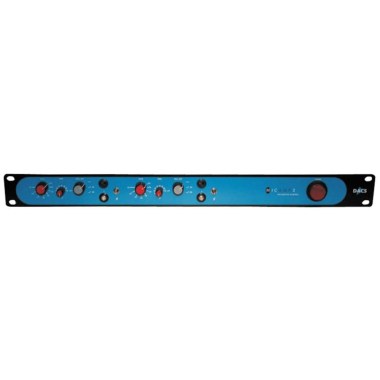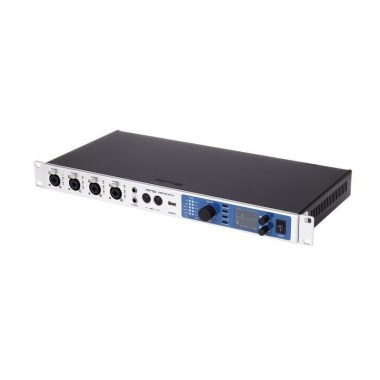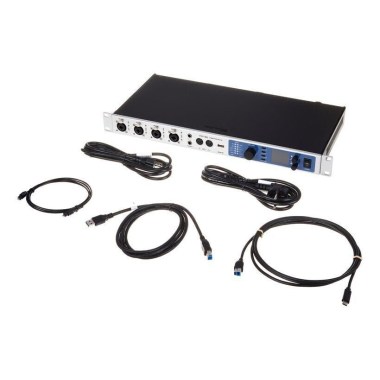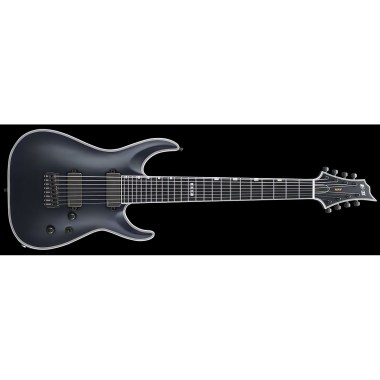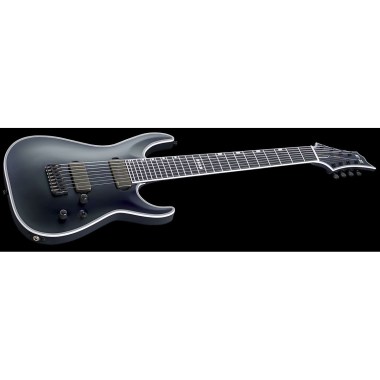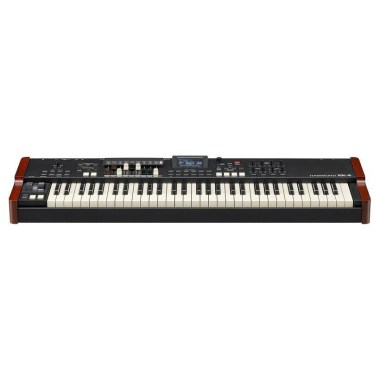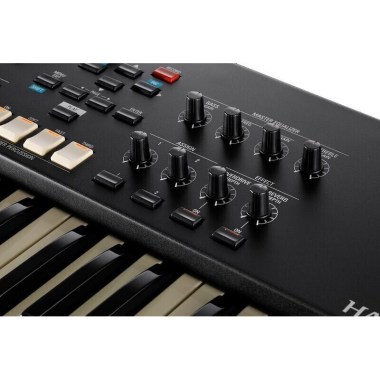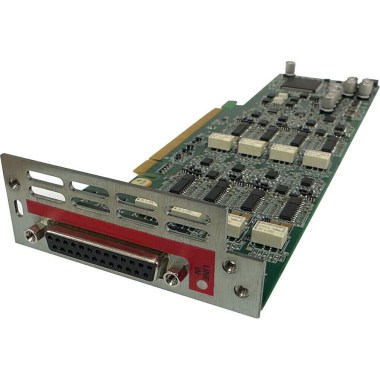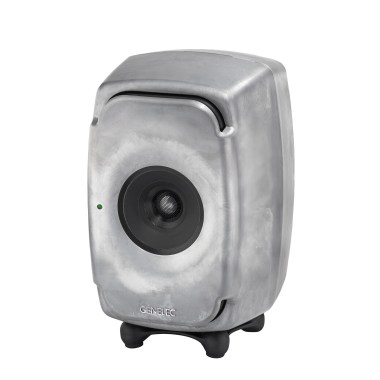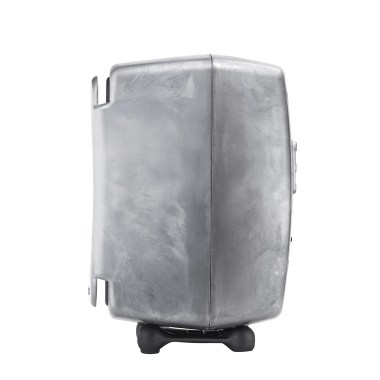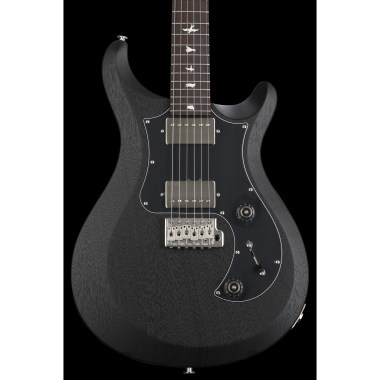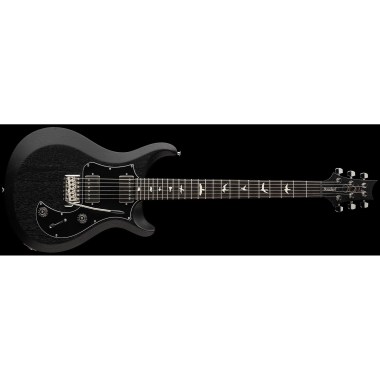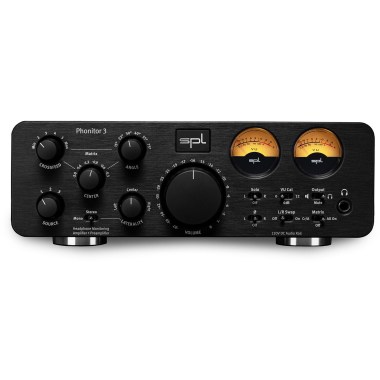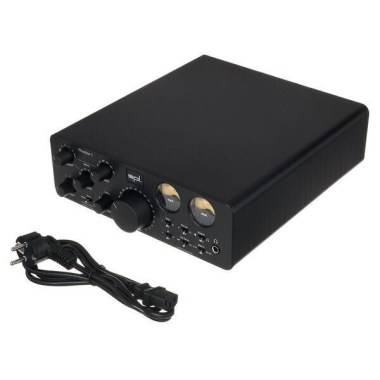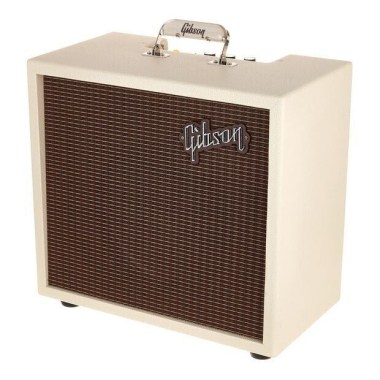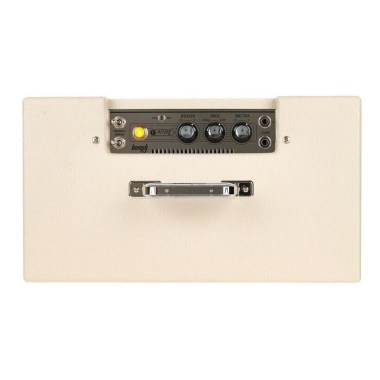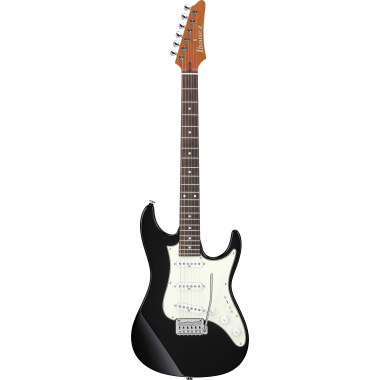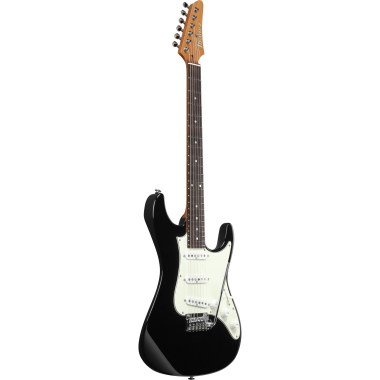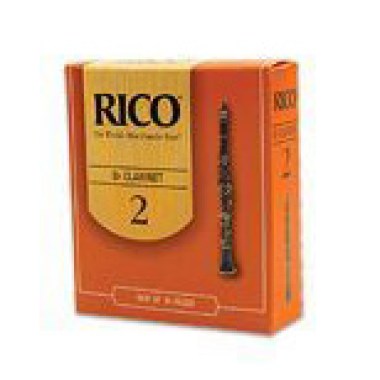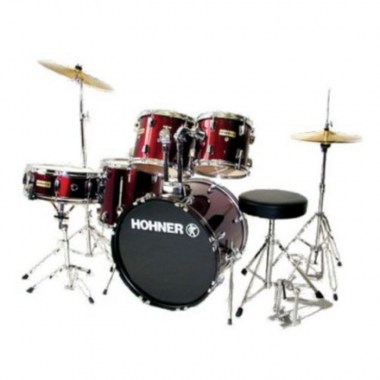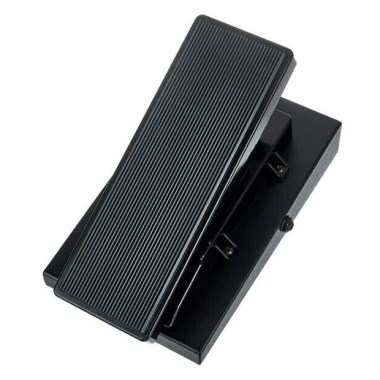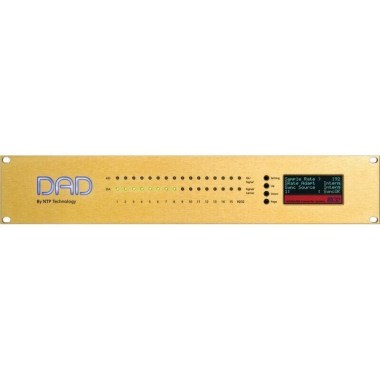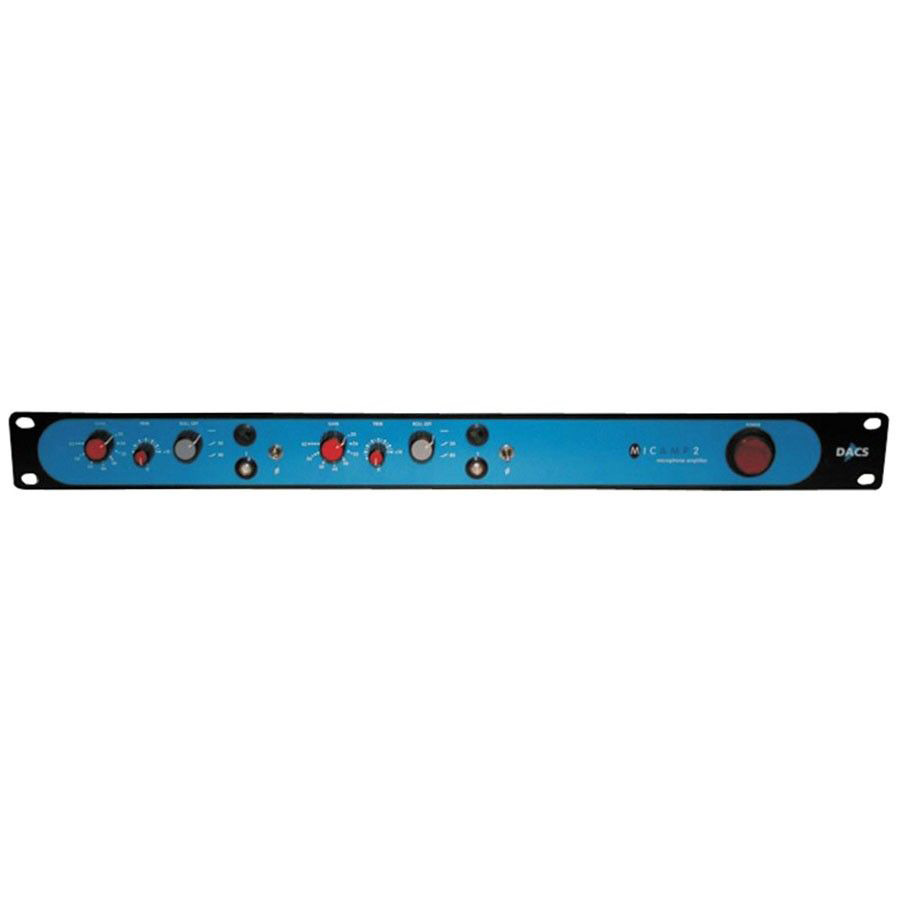 Купить Различное Музыкальное Оборудование DACS MicAmp II
Купить Различное Музыкальное Оборудование DACS MicAmp IIDACS MicAmp II
Описание
The DACS MicAmp II is a 2 channel discrete-component-based microphone amplifier.
Features:- Ultra low noise, ultra low distortion
- Unmatched transparency of sound coupled with sonic punch
- Gain settings in 6dB steps, from +20dB to +62dB, with a 0dB to +10dB trim control
- Separate non-Phantom Power input coupled directly to gain stage for dynamic, ribbon and valve mics
- Flat frequency response from below 20Hz to above 48kHz
- Tri-segment LED display for clear metering
- Easy to set up and use, the DACS Clarity MicAmp produces an extraordinarily clear, uncolored, detailed and complete sound for recording everything from voice and acoustic instruments to overheads on drums, with bomb proof input stage and optional in line pad. Users universally describe it as one of the finest microphone amplifiers in the world.
The DACS MicAmp is a very high performance unit. At this level every effort must be made to avoid compromising the quality of the signal path. Every aspect of the process has been examined, from the power supply to wiring to external connectors. Probably the changing of any one factor would make no noticeable or measurable difference, but cumulatively the attention to detail is worthwhile, particularly in long-term performance and reliability. Below are some notes regarding the technical aspects of the MicAmp, which is what makes this unit one of the best Microphone Amplifiers available.
Power Supply UnitThe Dual Rail supply used in all the products uses LM317 variable regulators. These have been shown in a number of tests to be lower noise than standard 78/9 series regulators. DACS have also implemented additional ripple reduction circuitry. In addition most capacitors are Tantalum, not standard electrolytic. The main smoothing capacitors are 4700µF per rail. The Phantom Power Supply is an op-amp based regulator giving extremely stable regulation.
Power distribution uses a star system to minimize any interaction between circuit elements.
EarthingThe unit uses a star earth system where all earths go to the 0V terminal using heavy cable.
Wiring and FixingWhere connections are crucial they've been soldered directly to the PCB. This forms a more reliable long-term connection than plugs. All cables are loomed and firmly cable tied to the board. The audio cable is OFC, again producing a small benefit over the long term. No external connectors are PCB mounting. This ensures long-term reliability.
ComponentsThe input DC decoupling capacitors are metallized polyester of 5% tolerance. The input is protected by four ultra fast diodes. The transistors are stacked to improve thermal coupling and reduce lead length. They are mounted in a turned pin socket. The gain switching uses a self-cleaning rotary switch which is screwed to the PCB, then soldered, and the switching shaft is fixed to the screwed down portion of the switch body so that there is little or no mechanical stress on the PCB. The pot (conductive plastic tracks) is also mounted on a bracket to minimize PCB stress. The filter stage uses 5% metallized polyester capacitors too, to give accurate and stable filtering. The amplifier stage is decoupled from the filter and trim stage by a 100uF bi-polar electrolytic capacitor. The trimmers are all low noise trimmers with a wide track. Throughout, DACS have used Burr Brown OPA604s which are extremely high specification op-amps optimized for audio applications. In listening tests they have been preferred to NE5532s.
Noise and distortionEIN is -133dB relative to a maximum output of +22dBu. Distortion is very low, with THD+N figures of around .00025% @ 1kHz (measured in the audio frequency range). Input impedance is ca 1kOhm.
Frequency response-3dB point at 48kHz, roll off at 6dB/octave Flat to less than 20Hz on phantom with subsonic roll off at 6dB/octave, DC coupled on non phantom inputs.
Спецификации
- Скидки

